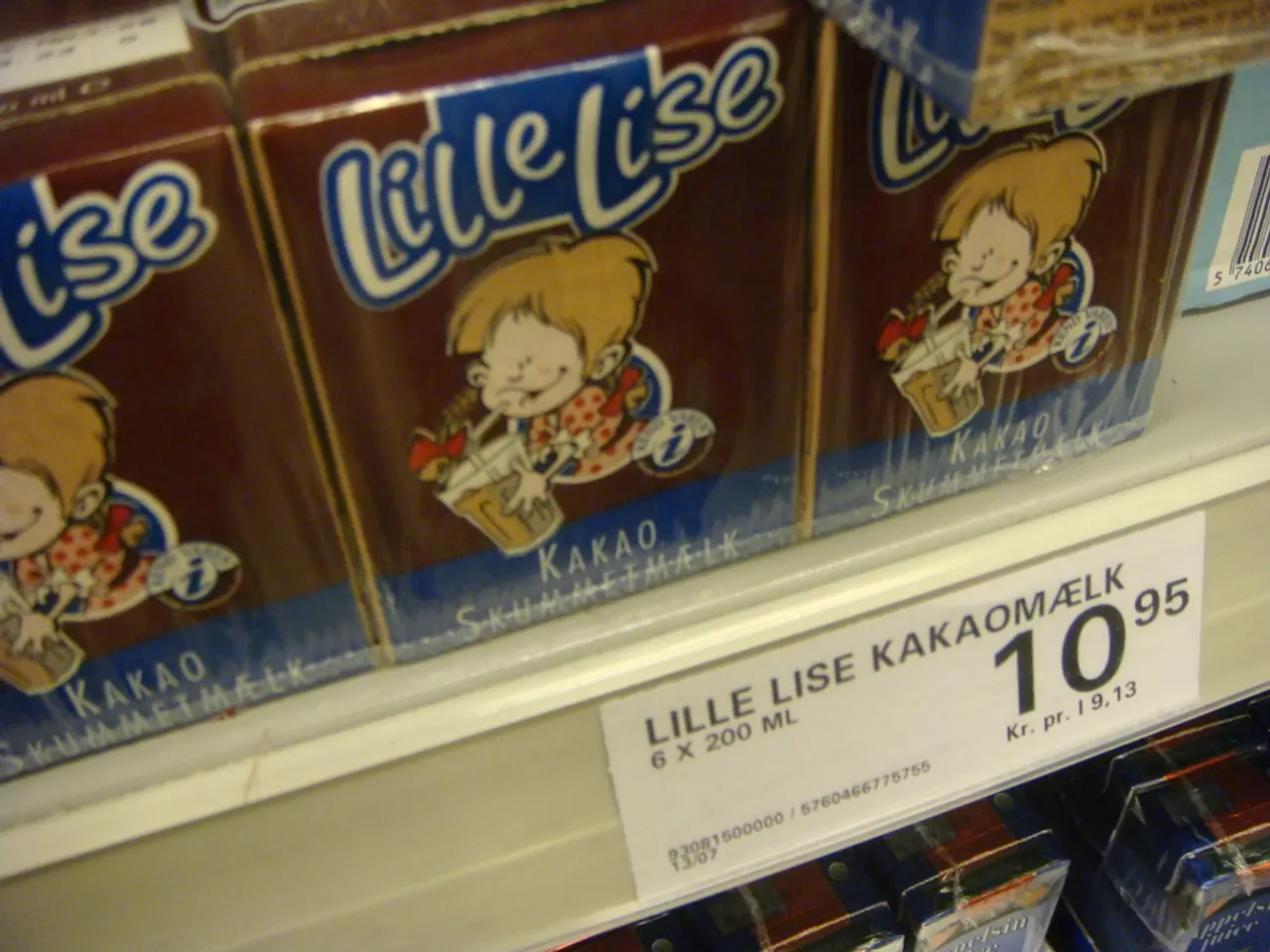Potential graphic labels on meat products may decrease consumer meat intake
A new study from the Department of Psychology at a top-tier UK university suggests that graphic warning labels on meat options could potentially reduce people's meat consumption, contributing positively to public health and reducing carbon footprints.
The research, conducted by PhD student Jack Hughes under the supervision of Dr Milica Vasiljevic and Professor Mario Weick, was published in the journal Appetite. The study involved a representative sample of 1,001 meat-eating adults, who were split into four groups for the study.
Each group was shown pictures of hot meals with either a health warning label, climate warning label, pandemic warning label, or no label. Participants indicated how supportive they would be of the different labels if implemented as policy.
The findings revealed that people were most in favor of the climate warning labels, which they also found the most credible. The study tested three labels warning about climate, health, or the risk of pandemics and found that all labels were effective at discouraging meat meal selections. The use of all warning labels, which showed a graphic image alongside text, reduced meat meal selections by seven to 10 percent.
The study also measured future intentions to buy and eat the meal options, as well as how appealing the meals appeared. It also asked about the anxiety-provoking and believable nature of the labels.
Related research provides key contextual insights. Evaluative front-of-package labels that clearly communicate nutritional information have been shown to significantly influence consumer choices toward healthier options. Public health frameworks like the Sustainable Plate emphasize reducing red and processed meat due to their high environmental impacts. Graphic warning labels could operate as a strong, direct visual intervention, highlighting both personal health risks and environmental consequences of meat consumption.
However, more direct experimental studies specifically testing graphic warnings on meat products are needed for conclusive evidence. The study was conducted at a university ranked as one of the Top 10 Psychology departments in the UK and in the World Top 100 in the QS World University Rankings by Subject. Dr Milica Vasiljevic, one of the study's supervisors, is an Associate Member of FUSE, the Centre for Translational Research in Public Health.
The independent Climate Change Committee recommends a 20 percent reduction in meat and dairy consumption by 2030. If the findings of this study are confirmed by further research, the use of graphic warning labels on meat products could be a valuable tool in achieving this goal.
- The graphic warning labels, proven effective in reducing meat meal selections, may also encourage a shift towards environmental science, such as reduced climate change by promoting a decrease in meat consumption.
- As climate change becomes a pressing issue in health-and-wellness conversations, the use of warning labels in environmental science could potentially be extended to meat products, aligning with the recommendations of climate bodies like the Independent Climate Change Committee.




